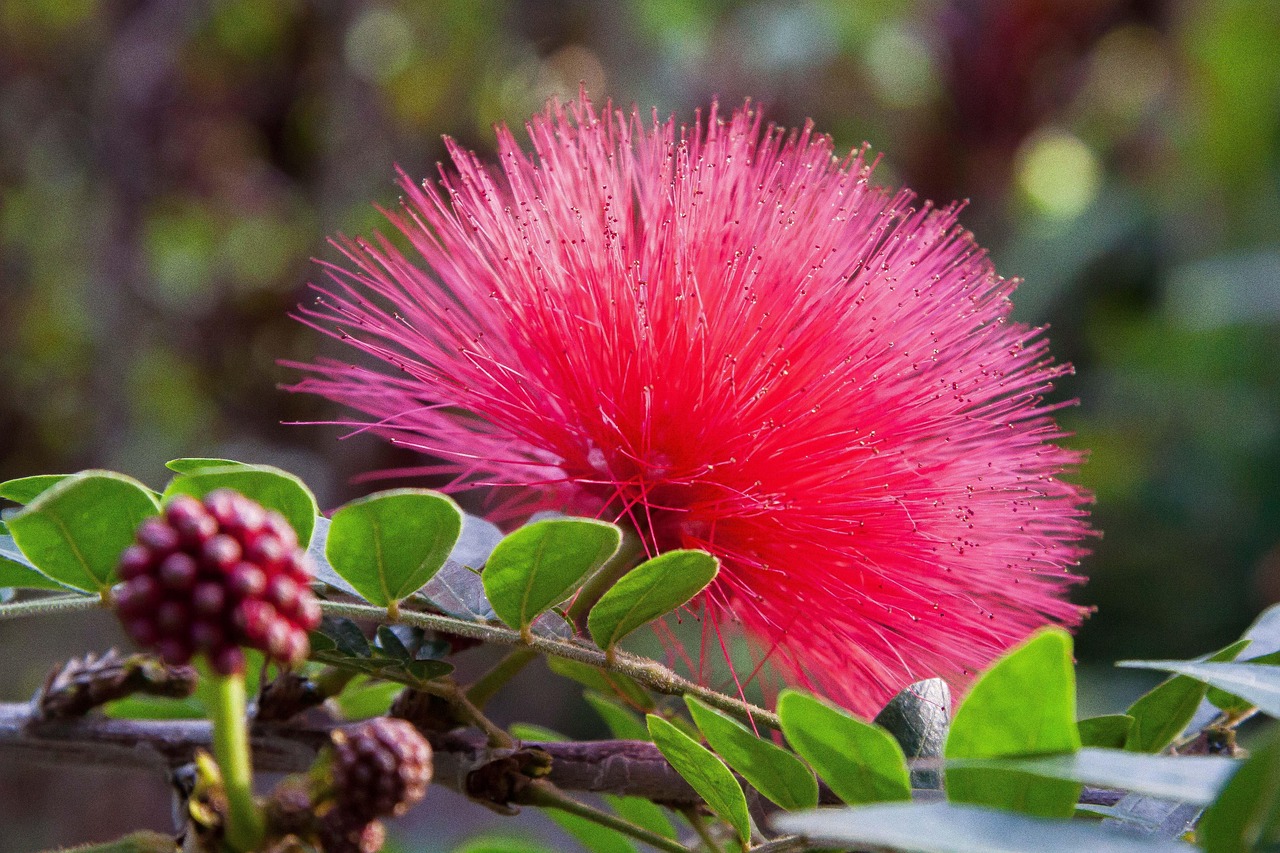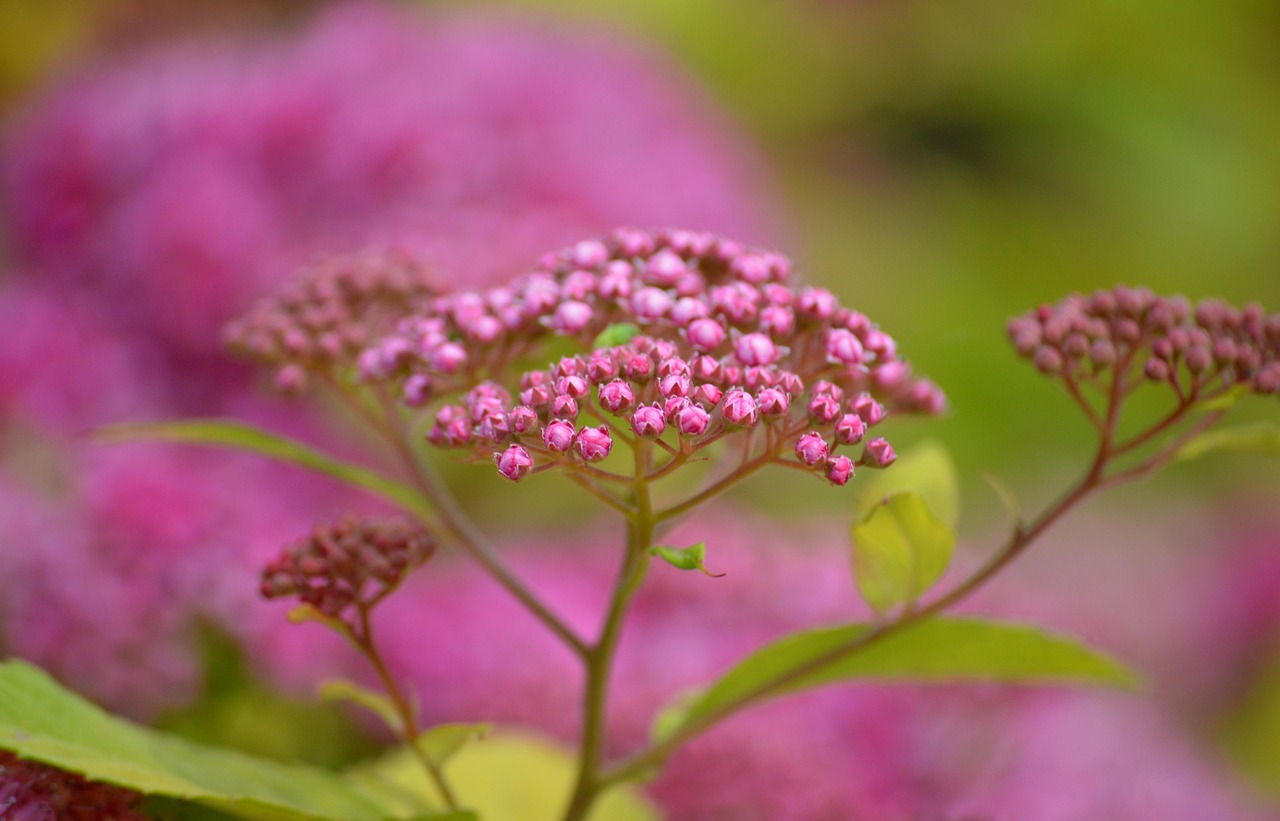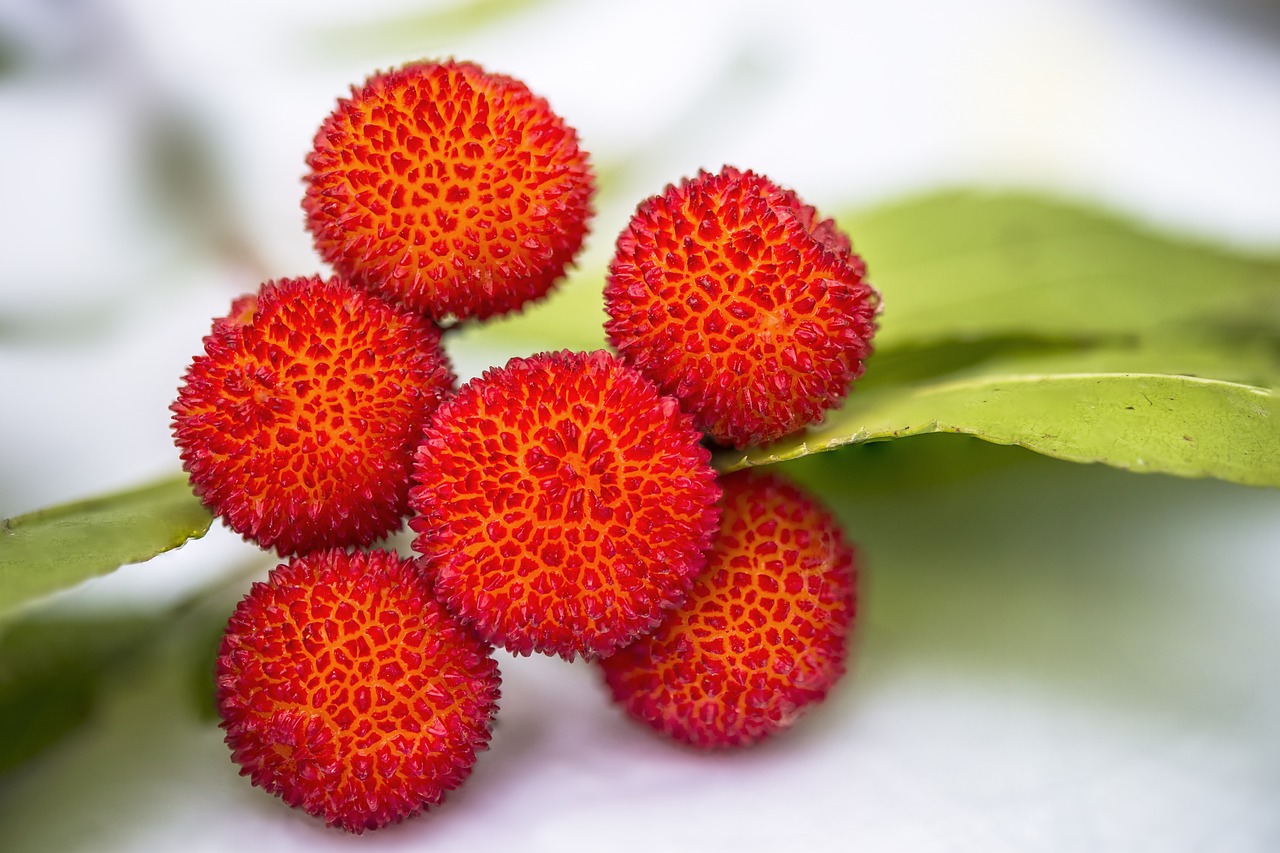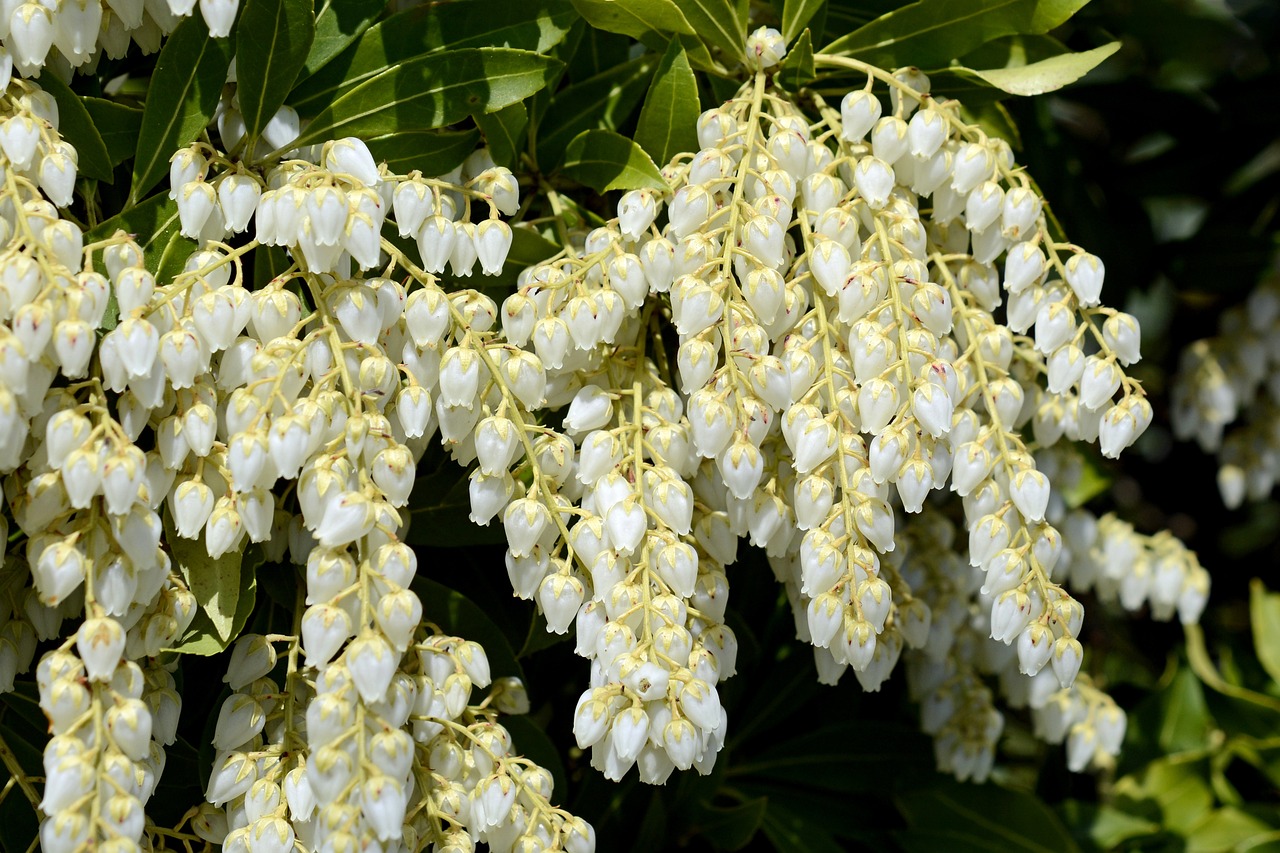Cherry Laurel | A Traditional European Hedge Tree for Wind Protection and Decoration
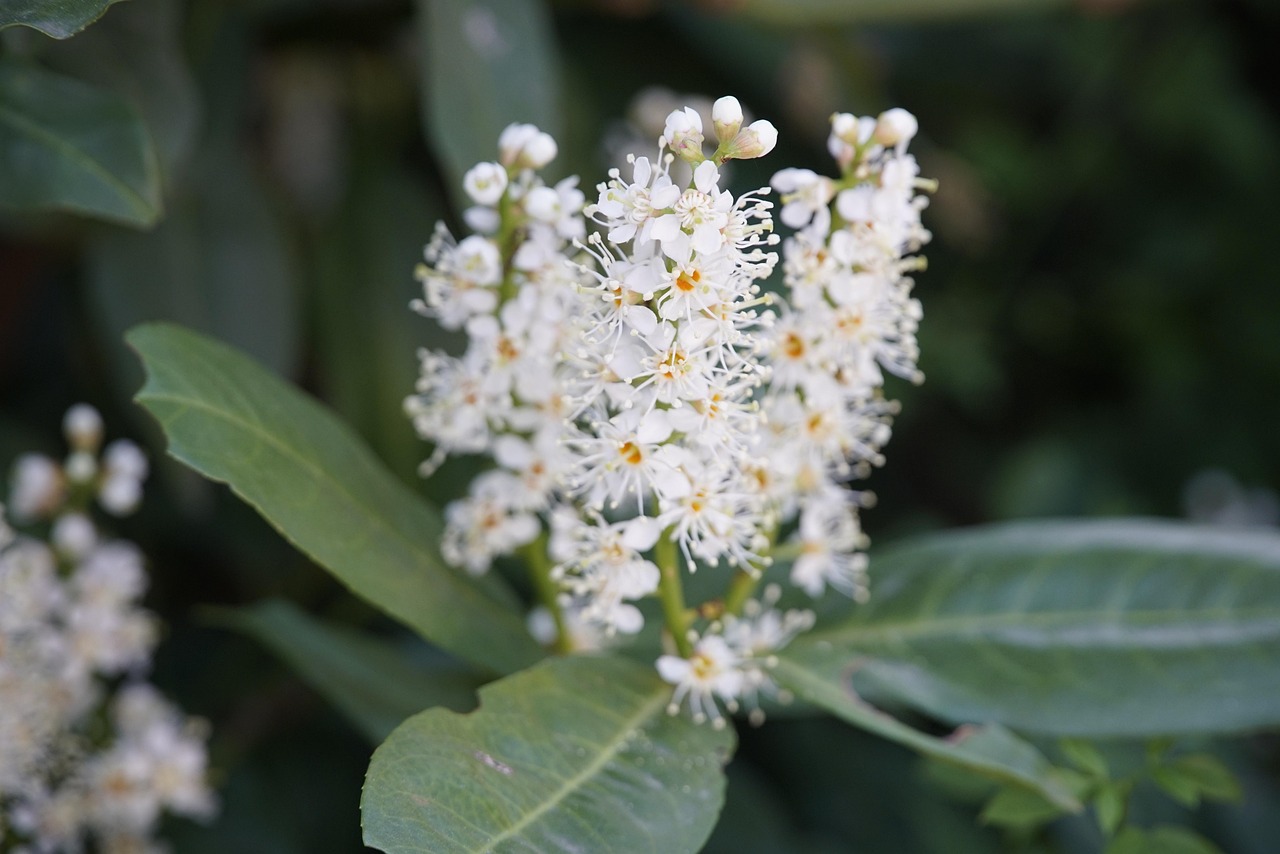
I would like to introduce the cherry laurel (Prunus laurocerasus), a shrub characterized by its glossy evergreen leaves and white blossoms in spring.
Widely used as a hedge or boundary tree in gardens, it is one of the most popular plants in Europe and the United States. Its rapid growth and strong tolerance to pruning make it easy to shape according to garden design, which adds to its appeal.
In this article, I will explain the basic information, cultural and historical background, and cultivation methods of the cherry laurel.
Basic Information
- Scientific name: Prunus laurocerasus
- Family: Rosaceae
- Origin: Southeastern Europe and Western Asia
- Appearance: An evergreen shrub with dark green, glossy leaves, bearing clusters of small white flowers in spring. In autumn, it sometimes produces black-purple fruits.
- Flowering period: April–May
- Fruiting period: Autumn
Cultural Significance Around the World
Thanks to its beautiful foliage and durability, the cherry laurel has been adopted in gardens and parks across various cultures.
In Europe, it has often been used as a hedge, serving as a privacy screen and windbreak. In the United Kingdom, it has traditionally been planted around gardens and castles, valued as a protective and easy-to-maintain plant. In the United States, it is frequently planted in urban parks and plazas, where its evergreen leaves contribute to the landscape even in winter, and it is also used as a street tree.
In Turkey and the Caucasus, the cherry laurel has been incorporated into traditional gardens and has long played an important role in regional greening.
Historical Background
The cherry laurel has been known since ancient Greece and Rome, where it was cultivated as a garden tree.
In medieval Europe, it was adopted in royal and noble gardens. In France and England, it was particularly used as hedges in formal gardens.
From the 18th century onwards, with the development of horticulture, it became widely cultivated. During the Victorian era in Britain, its popularity rose, as it was often used to emphasize the geometric design typical of English gardens.
The plant was introduced to America in the 19th century as part of urban greening policies. Since then, it has spread beyond parks and gardens, being used as street trees and windbreaks, and is now a common sight in cities.
Gardening Advice
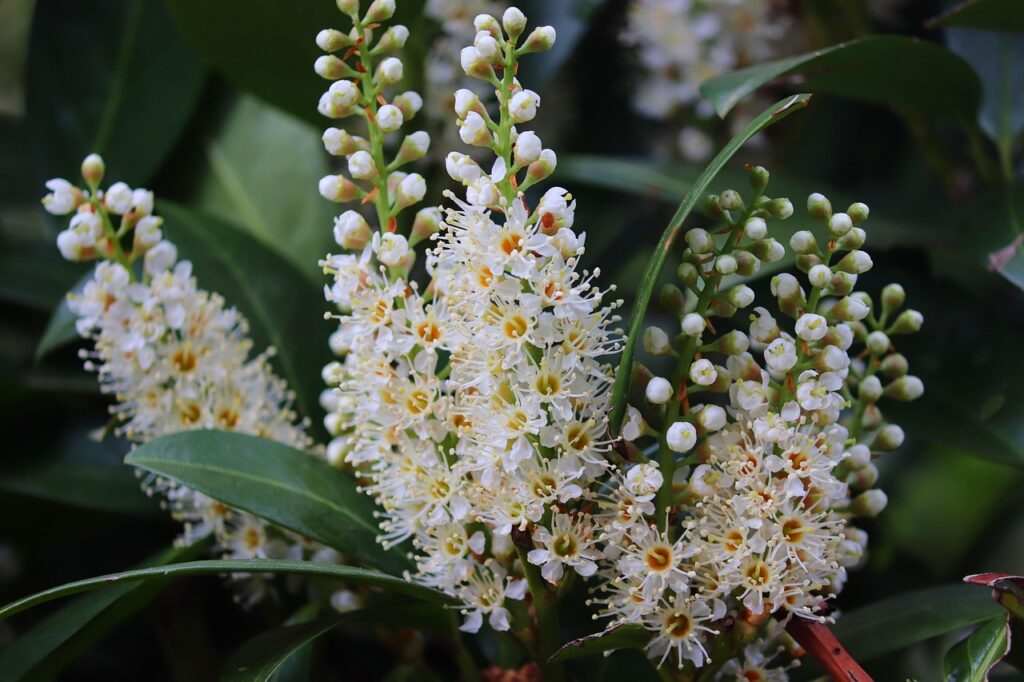
Although the cherry laurel is relatively easy to care for, there are several points to keep in mind for healthy growth:
Sunlight
Prefers full sun to partial shade. Leaves show more vibrant colors in full sun, but it also grows well in partial shade.
Watering
Fairly drought-tolerant. After planting, water regularly until established. Once rooted, natural rainfall is usually sufficient.
Soil
Well-drained, moderately fertile soil. Thrives in acidic to neutral soils.
Fertilizer
Apply slow-release fertilizer once or twice a year, in spring and autumn. Avoid over-fertilization, which may cause excessive foliage growth.
Pruning
Prune in spring or autumn to shape the shrub. Due to its rapid growth, regular pruning makes management easier.
Cold resistance
Hardy in cold climates, but protection against frost is recommended in severe winters.
Conclusion
The cherry laurel is an attractive evergreen shrub with glossy leaves and white spring blossoms. It has long been valued in Europe as a hedge plant, incorporated even into the gardens of royalty.
From the 18th century onwards, it gained importance as an ornamental species, particularly in Britain. Today, it is widely used for urban greening and as a street tree, appreciated worldwide as a plant that enhances landscapes.
With its rapid growth and tolerance to pruning, it is easy to manage according to garden design. I recommend adding the cherry laurel to gardens and parks to enrich the greenery of the landscape.

